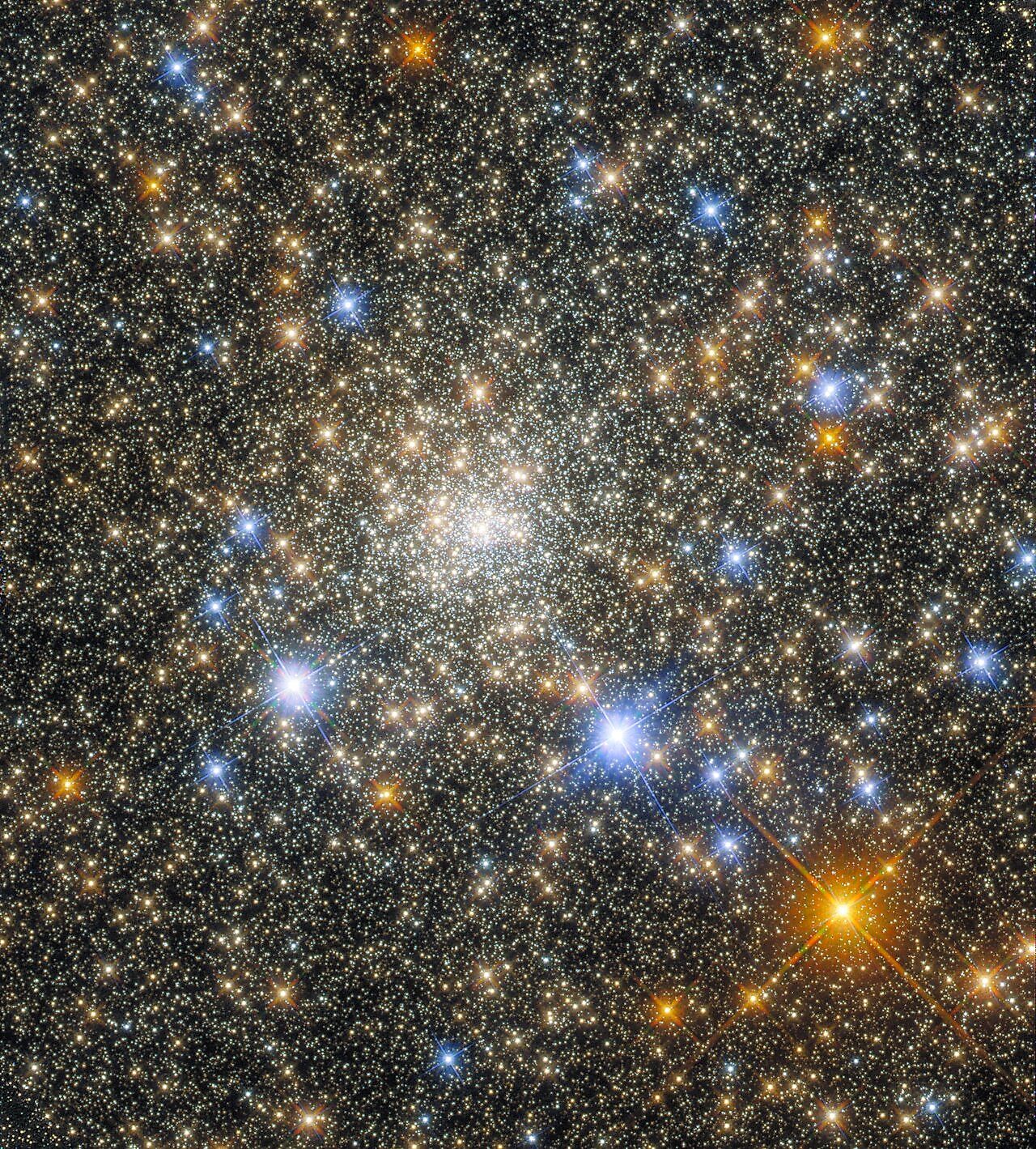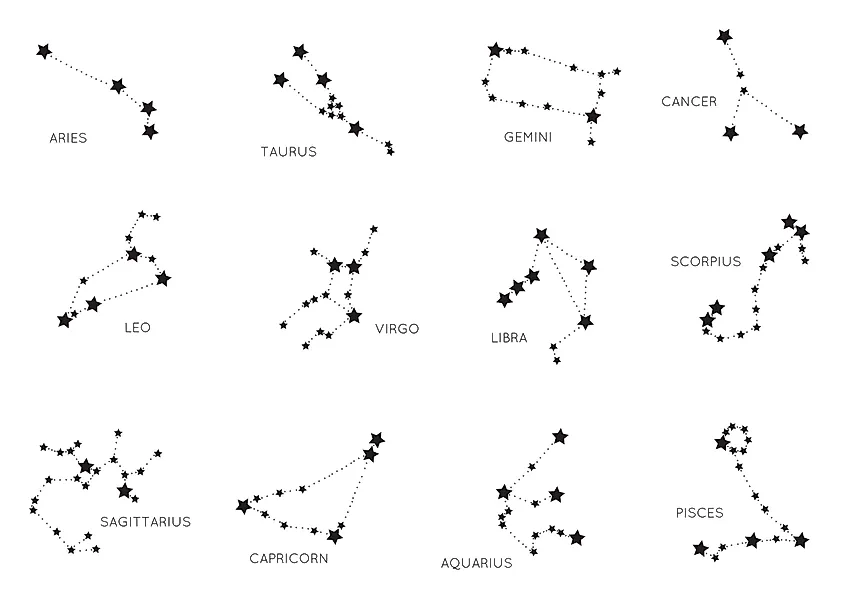
How Many Constellations Are There?
Constellations are groups of stars that, from our perspective, form a shape. Most constellations come from ancient cultures. There are 88 official constellations recognised by the International Astronomical Union, half of which are attributed to the ancient Greeks. However, as with many aspects of the ancient Greeks, the constellations were adapted from previous civilizations such as the Babylonians, Egyptians and Assyrian cultures. The remaining constellations were added by Europeans in the 17th and 18th centuries.
Northern And Southern Hemispheres

Seeing constellations is dependent upon your unique position on Earth’s surface. Due to the way the Earth orbits the sun, constellations differ between the Northern and Southern Hemispheres. This means that people in the Northern Hemisphere see different constellations than those in the Southern Hemisphere. Constellations in the northern hemisphere include Ursa Major (Big Dipper), Ursa Minor (Little Dipper), and Cassiopeia, among others. In the Southern Hemisphere, constellations such as Phoenix, Lupus, and Centaurus are visible. This shows that depending on where you are in the world your experience of the night sky can be vastly different.
There are 12 main constellations seen in both hemispheres. In the Northern Hemisphere, they are seen low on the horizon, while in the Southern Hemisphere, they are seen higher in the sky. These constellations are known as the Zodiac constellations. These include Aries, Taurus, Gemini, Cancer, Leo, Virgo, Libra, Scorpius, Sagittarius, Capricornus, Aquarius, and Pisces. These constellations have been used to categorize people based on their birthday and assigning certain traits to them. Your Zodiac is determined by the constellation that was behind the sun the day you were born. While it is not based on empirical evidence, people enjoy getting horoscopes in accordance with their Zodiac.
Importance Of Constellations

Historically, cultures would use constellations as a kind of GPS. In the Northern Hemisphere, following the point of the Big Dipper will lead you to the North Star, a very famous star that shows the approximate North. By doing this, ancient cultures were able to navigate further distances and find their way back. This could be used in areas where there were no landmarks to orientate oneself. For example, Wayfarers would use the stars to determine their position on the ocean.
Before the 20th century, constellations were just pictures in the sky and were loosely defined as such. In the 20th century, astronomers set the boundaries of the 88 constellations in order to use them to map newly located stars. By 1930, every star could be classified into a constellation. Since the night sky was broken up into segments, a new star found in the Orion constellation might not be within the “lines” of said constellation. Not only does having a universal map of the constellations allow scientists to more easily name stars, it also allows future scientists to more easily locate stars.











